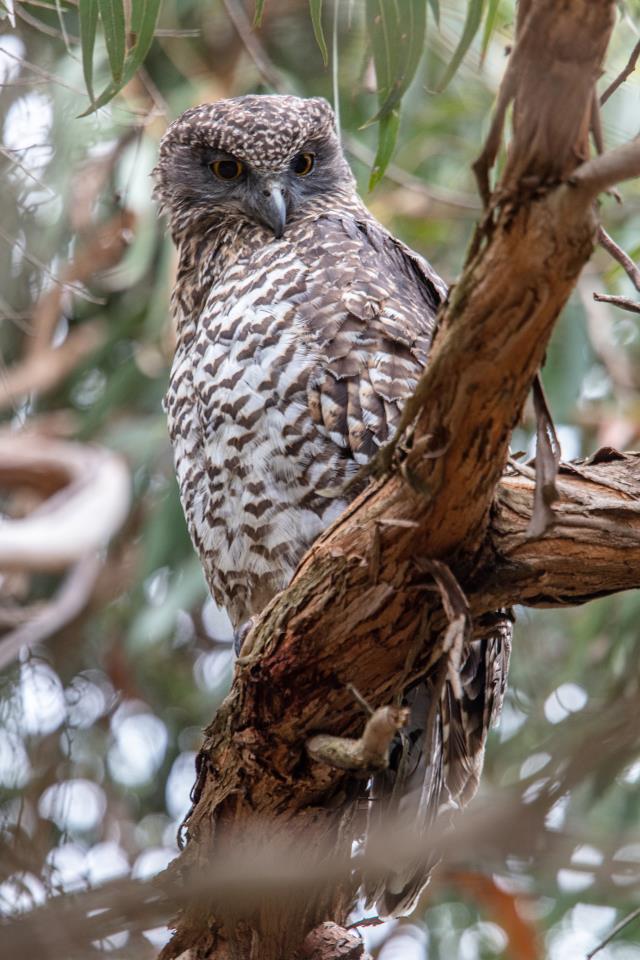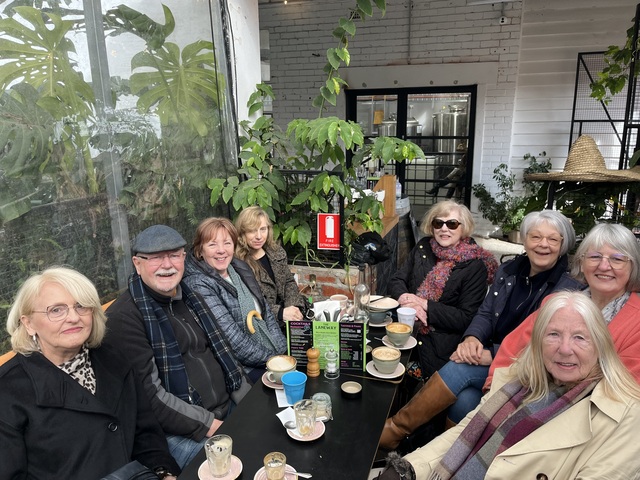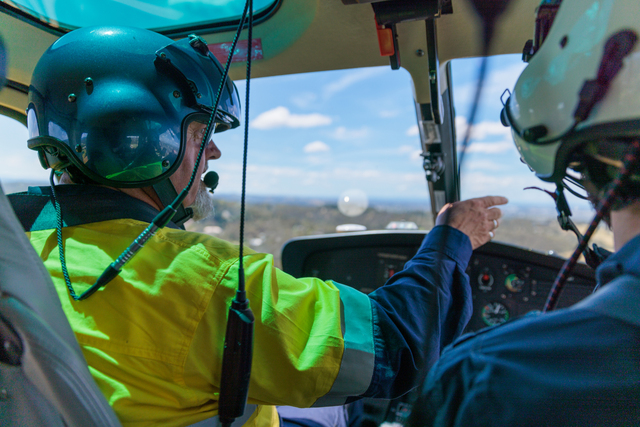New research has discovered that rat poisons are detrimental to the health of native wildlife, including the endangered powerful owl.
In the Deakin University led study, 60 liver samples from five eastern barn owls, 12 southern boobooks, 19 tawny frogmouths and 24 powerful owls, collected mostly from around Victoria, were analysed at the National Measurement Institute (NMI).
Antigoagulant rodenticides – a class of poisons which thin the blood of rodents and cause internal bleeding – were found in 92 per cent of the tested birds.
In 33 per cent of powerful owls, concentrations of second generation anticoagulant rodenticides (SGARs) – which can take months to leave the body – were at levels where potential toxicological or lethal impacts would have occurred.
Co-author of ‘Silent killers? The widespread exposure of predatory nocturnal birds to anticoagulant rodenticides’ and Associate Professor in Wildlife and Conservation Biology at Deakin University, John White, said the results painted a “bad story”.
Even more concerning is the fact that powerful owls aren’t known to eat rodents, but rather larger marsupials – suggesting poison is ending up in the system of other native species.
“It’s a story that suggests that this is stuff that’s happening all of the time at the levels,” Mr White said.
“If we’re knocking them off and poison them as regularly as we are, we’re probably forcing declines in things like barn owls, bookbooks and frogmouths and potentially powerful owls as well.”
Mr White said the types of SGARs found in the birds – including brodifacoum – dominate the market and can be found in products sold at retailers.
He is calling for stricter regulations on the sale of rodenticide products.
“We’re trying to get across the idea to people that we really need to think before we do this; just because you can walk into a place and buy these chemicals does not actually mean that these chemicals are safe,” he said.
“In large areas of the United States you can’t buy or use these chemicals at all; in other areas they’re not available to the public [and] can only be used by professionals [with] very strict guidelines but Australia has incredibly lax restrictions.
“I think that’s largely because there’s been no testing to show that it’s got it in it.”
Clare Worsnop, from the Mount Evelyn Environment Protection and Progress Association (MEEPPA), has been monitoring powerful owls from Warrandyte, into Mount Evelyn and through to the Dandenongs.
She said rodenticide poisoning is becoming a “big problem” for native wildlife.
“It’s a very big issue for our birds and especially our endangered powerful and sooty [owl], other owls and also things like eagles and hawks,” Ms Wornsop said.
“It’s a huge problem that we need to find a solution to which means we can get rid of the offensive animals like rats and mice and other critters that are not native and not put that danger in the way of our local native animals, especially the ones that are endangered like powerful owls.”
In November 2021, the Australian Pesticides and Veterinary Medicines Authority (AMPVA) published a notice of reconsideration to commence a review of anticoagulant rodenticides, a class of product typically used for the control of rats and mice in and around buildings.
Mr White said residents should consider purchasing rat traps to help eradicate rodents, or use products with chemicals like warfarin ratsak naturals rather than second generation anticoagulants.
“People can educate their family and friends but also to push their local councils to pass local bylaws to try and restrict access to these chemicals.
“It seems to be the only way we’re going to get new traction at the moment.”







